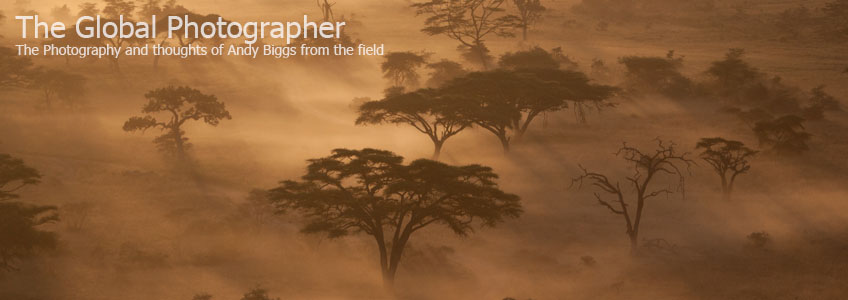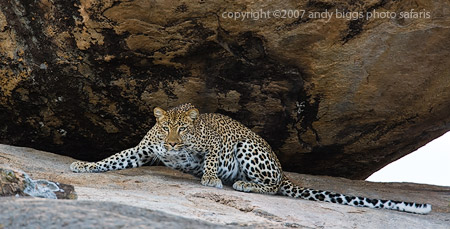May 2009 Namibia Photo Safaris
 Sunday, November 25, 2007 at 11:57PM
Sunday, November 25, 2007 at 11:57PM Ok. The last time I announced a Namibia safari, I had 20 people email me within a few hours of the announcement. Unfortunately, I only had 11 spots available on the trip. This time around I will have two Namibia safaris that will be back-to-back trips, and both will overlap slightly with the itinerary. So here are the details:
Namibia: The Northern and the Central
May 9-19, 2009
Leaders: Andy Biggs and John Paul Caponigro
AND
May 19-27, 2009
Leader: Andy Biggs
These Namibia safaris will differ in a few ways, with one location (Sossusvlei) being included on both safaris. The first safari with John Paul will have 3 main locations: the remote landscapes of the Skeleton Coast, the Himba tribe and dunes/mountains of Serra Cafema, and the towering dunes and dead trees of Sossusvlei. The second safari will have 3 main locations, as well: The deserted mining town of Kolmanskop, the Mars-like landscape of Wolwedans and the Namib Rand, and the towering dunes of Sossusvlei. If you have a measurable interest in either or both of these safaris, please let me know right away, as I anticipate these trips to be booked up quickly. Please email me at info@andybiggs.com for signup details.

Kolmanskop, Namibia



Sossusvlei

 Safaris
Safaris 











